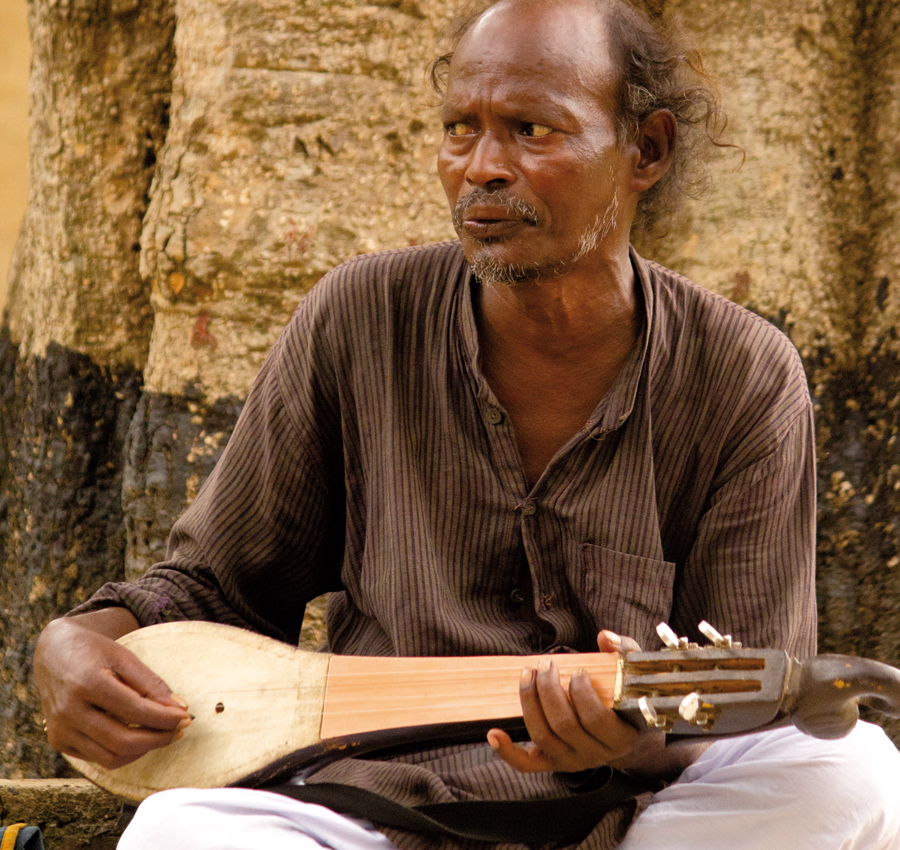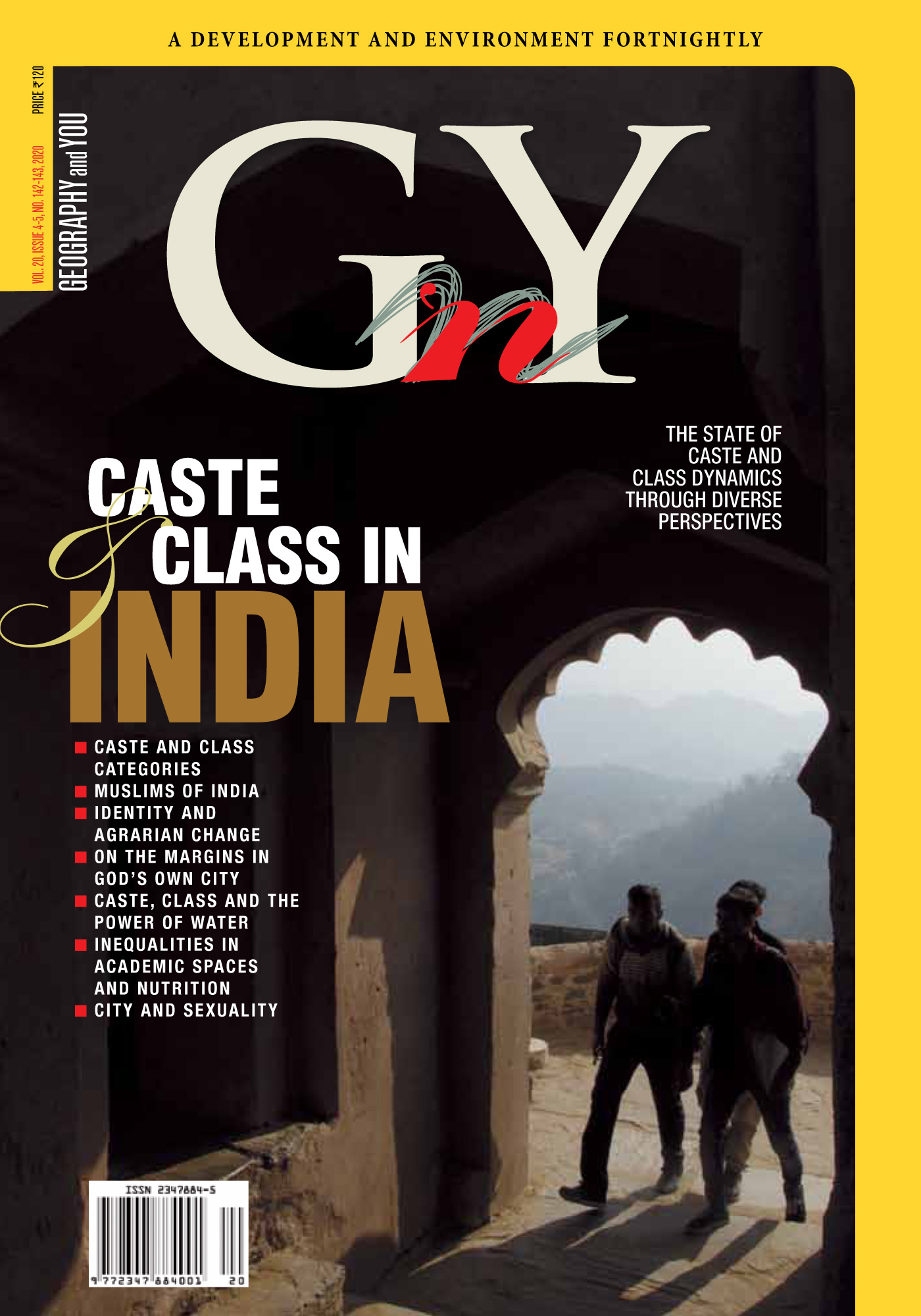
Expert Panel
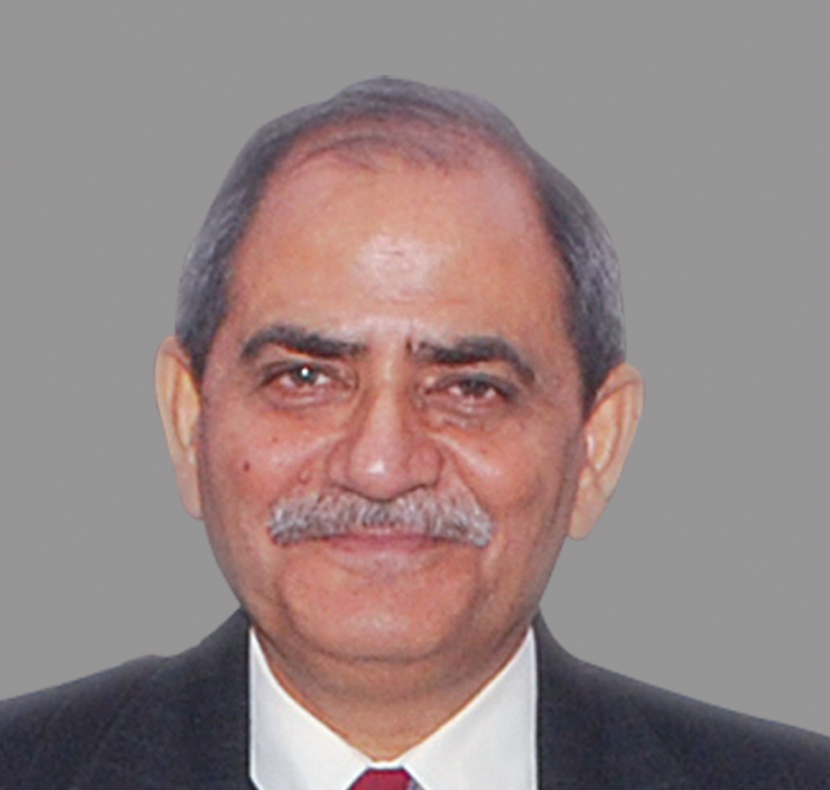
Geologist and Secretary General, 36 IGC, New Delhi.
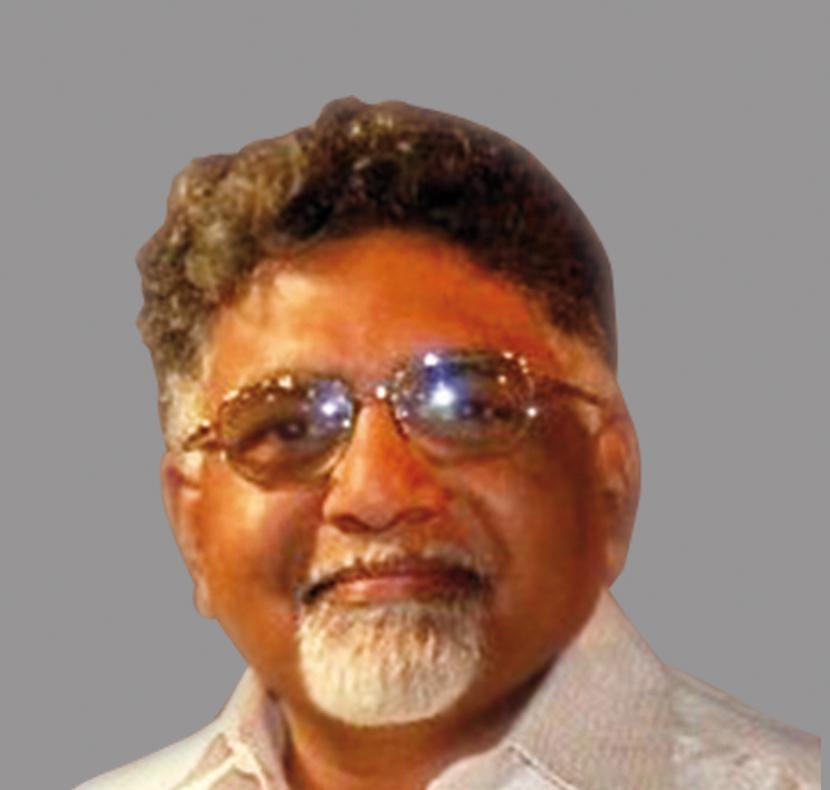
Former Professor, Jawaharlal Nehru University, New Delhi
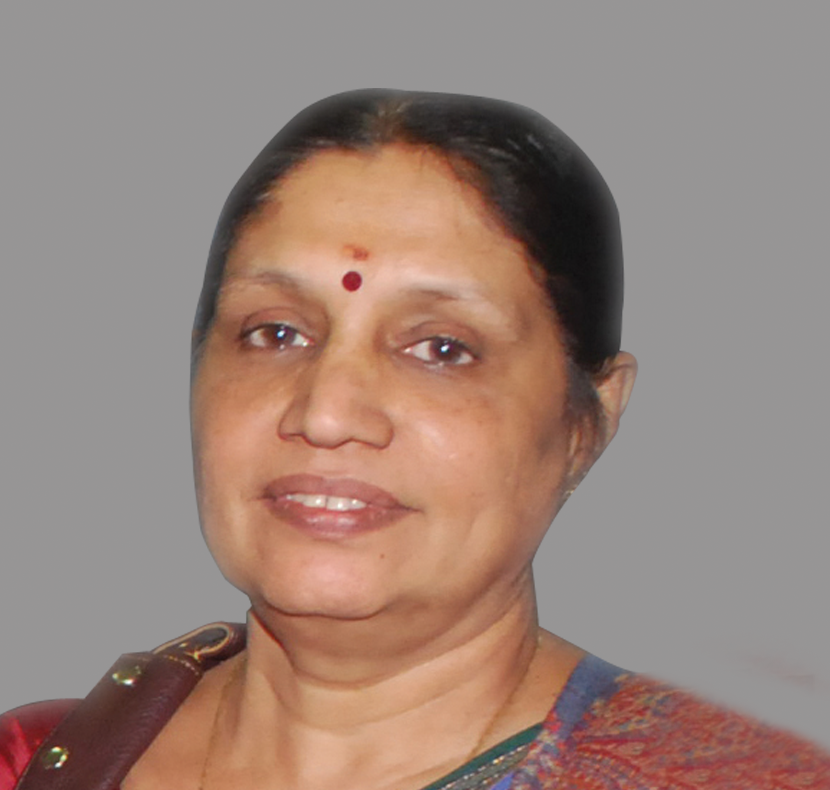
Former Chairperson, National Biodiversity Authority, Chennai.
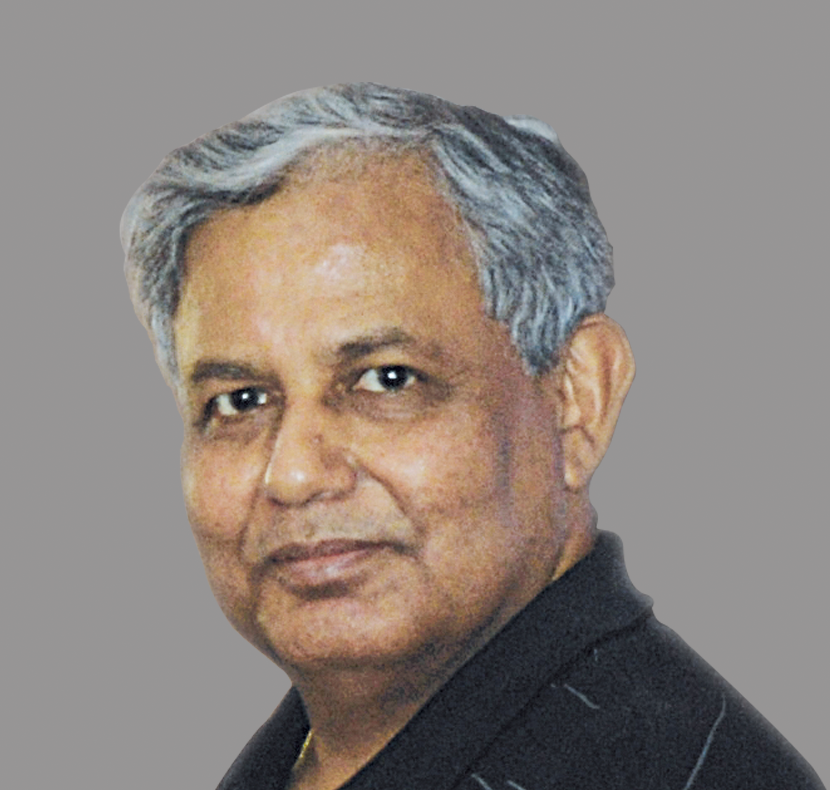
Former Vice Chancellor, MG Kashi Vidyapeeth, Varanasi
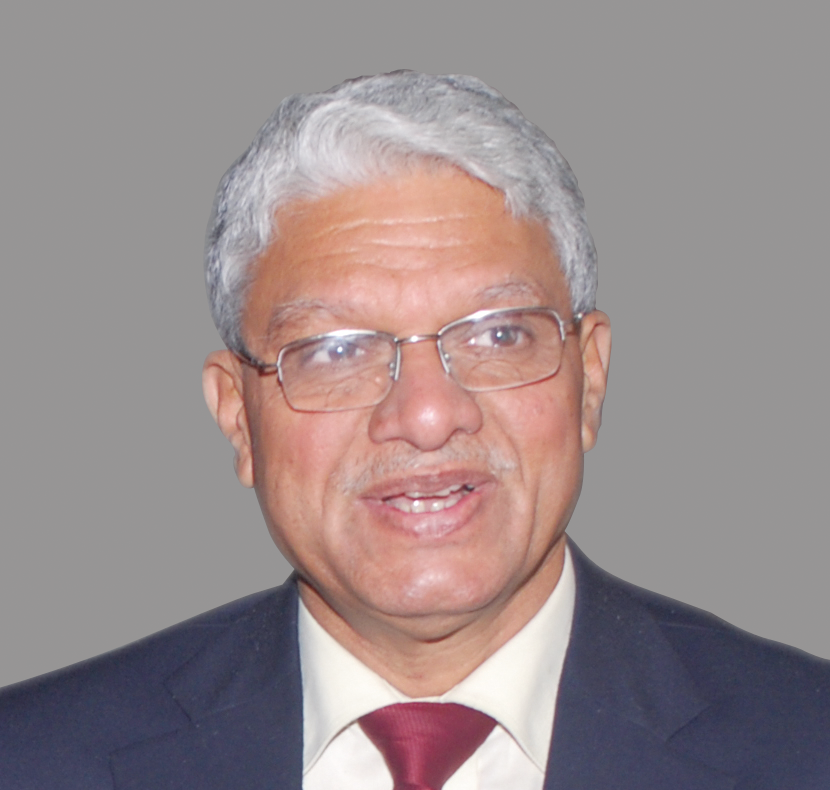
Air Vice Marshal (Retd) Former DG, India Meteorological Department (IMD), New Delhi
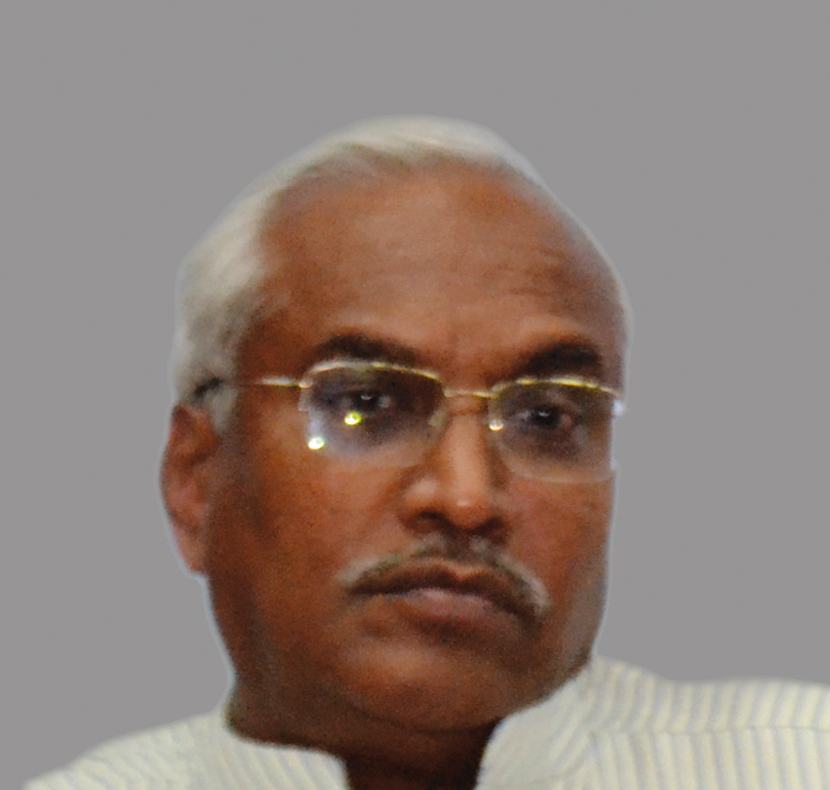
Former Director General, India Meteorological Department (IMD), New Delhi.
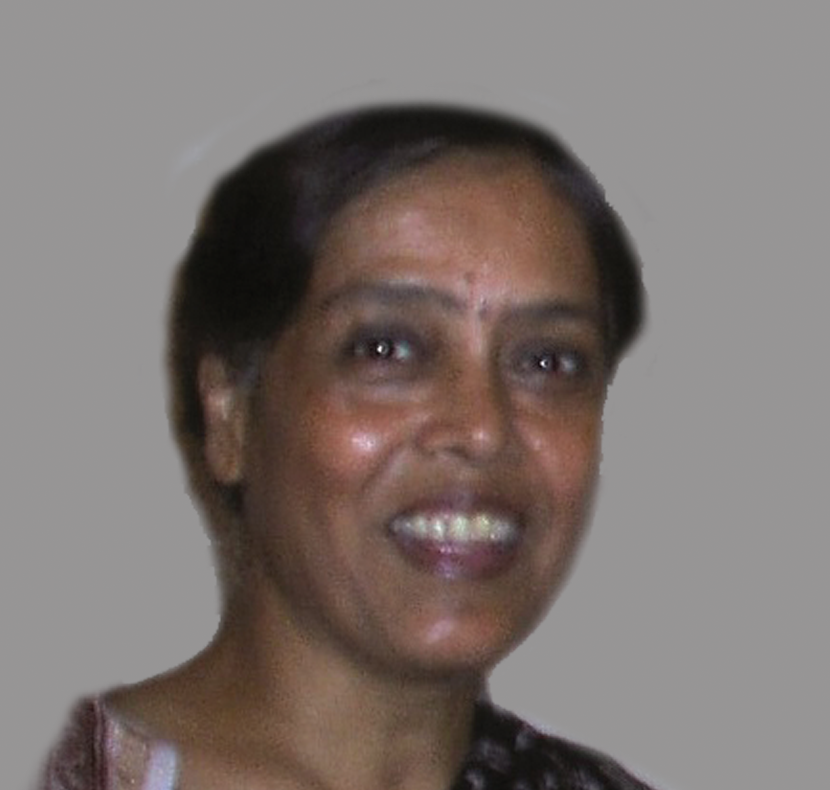
Former Professor, CSRD, Jawaharlal Nehru University, New Delhi.
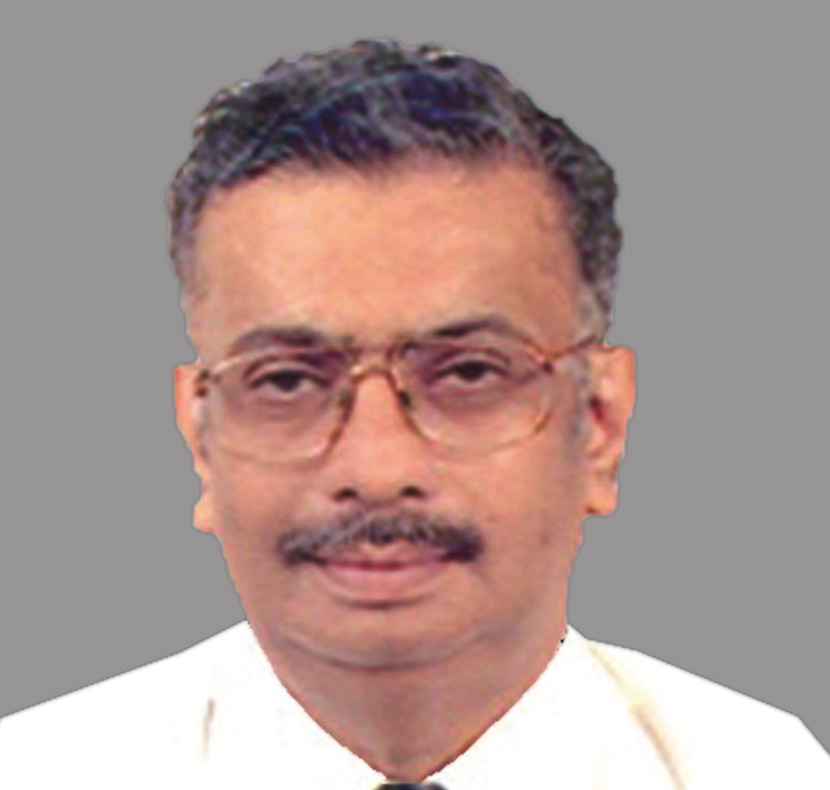
Former Member Secretary, Central Pollution Control Board, New Delhi.
Inside this issue
Guest Editor's Opinion
CASTE AND CLASS IN INDIA
The caste has been a unique social institution in India. It has also emerged in a new form after the mandalisation of caste in the early 1990s resulting in the extension of reservation to Other Backward Classes (OBCs) in government jobs and also in admissions to colleges and universities. The relative size of population of various caste groups particularly of the OBCs is also a matter of debate. Census does not provide population data on OBCs, however, it is possible to assess it from nationally representative sample surveys. Further, the correspondence between caste categories and class has been a matter of debate. This paper presents an assessment of class within caste categories based on data from nationally representative sample surveys.
Though the media and other journalistic literature in recent years have projected Muslims as socially ‘monolithic’ and with the same ‘identity’ of ‘Muslimness’, Muslims in India, are as diverse and as disparate as ‘Hindus’. The religion as a thin veneer is spread over a block of diverse social practices and conceptions of sub-continental origin like caste, community, kinship, race, gender, language and food habits. This is why, Muslims in India have largely remained unaffected from social and political movements among Muslims elsewhere.
The study reviews varying perspectives on the debate of caste and class in Indian Agriculture. It evaluates the emergence of caste and class differentials from the colonial to post independence period. It brings out that class differentiation in Indian agriculture has become vivid since the initiation of Green Revolution. Taking case studies of two villages from agriculturally developed and backward states of Haryana and Rajasthan respectively it concludes that caste and class are not exclusive social categories in rural India. In both cases the middle castes have emerged as dominant castes and unlike eastern India, agrarian societies have dispersed inequality. But division of agrarian classes and inequality in distribution of land are very sharp in Haryana but quite blurred in Rajasthan.
Despite significant changes in the agrarian structure and affirmative action in various spheres, caste-based exclusion and discrimination continue to be widely prevalent. In the rural, agrarian economy in India, both social exclusion and adverse inclusion—in terms of assets and access to markets and institutions, act as the basis of caste-based discrimination. As a result of historical biases in ownership of and access to resources, including information and institutions, both structural discrimination in asset-ownership and wealth and its manifestations in the market transactions point to the various ways unequal opportunities shape the trajectories of rural transformation in contemporary India.
Why has the caste system survived in India for more than millennia is a question that baffles many. In order to understand it one may have to look into its past and how it was transferred generation after generation. People in denial at most profess to believe that it plays a role only in marriages. Is endogamy not the single most factor for the maintenance of the caste system? There is therefore a need to revisit factors that have kept this system alive and how it is being nurtured even today. Manifestations of the caste system and the inequality and violence it entails are quite broad.
An attempt to understand some of the ambiguities around what it means to be middle class in India has been made in this paper. It also discusses the influence that the middle class supposedly has on Indian politics despite these uncertainties.
The intersectionality of caste, class and gender shapes multiple dimensions of social life in India. The interplay of these factors has a major effect on the health and nutrition status of children and women of marginalised sections. Moreover, women are exploited by the trilogy of caste, class and patriarchy. This feature underscores that women and children of disadvantaged groups continue to be denied the fruits of general improvement in health indicators brought about by the increase in the country’s economic growth.
Varanasi, being one of the most socially diverse cities of India has been moulded over time by the underlying religio-ritual processes. There is a relatively weaker religious association of the Scheduled Castes with the mainstream Hindu society of the city. This is manifested through their inconsequential roles in the religio-ritual practices performed at various temples, influenced by the earlier practice of untouchability. Their negligible numerical strength in the core of the city renders them almost irrelevant in its social, economic, and cultural life.
The narrative of a village in Sonbhadra, Uttar Pradesh finds that caste and class hierarchies effectively influence the decision making on water allocation, use, and control over drinking water. In the village, it is found that manipulating the given unequal ecology of water, the spatial arrangement of hand pumps and technology is used to control the distribution and allocation of available drinking water—thus making it accessible to some at the cost of others.
India has viewed equity in higher education as a foundation for inclusive growth. As a result of strong affirmative action policies such as the reservation of seats in higher education institutions, relaxation of admission criteria and financial support, access to higher education has improved for the students from disadvantaged social backgrounds over the years. However, after entering these institutions, equal and non-discriminatory access to opportunities remains limited. The findings from a large-scale, multi-institutional, mixed method study show that higher education institutions are largely under-prepared to respond to diverse learners.
What makes a city liveable? Often we are situated at various margins of a city—social, spatial and sexual. This paper uses auto-ethnographic storytelling of social-sexual differences that produce our everyday geographies. From gay parties to parks, public sex and dating apps, it opens up questions of caste, class, desires in Delhi from a Dalit queer standpoint. These geographies of survival, I argue, are ephemeral, imagined and performative. They survive as temporal entities in their ability to collapse. These are messy geographies of how the queer survive through caste, class and such other identity particularly when social standing is closely linked with the material one.
IN CONVERSATION WITH
Nandini Sundar, a professor of sociology at the Delhi School of Economics, is an acclaimed researcher and a well accepted authority on tribal communities of India. In a conversation with Prof Sachidnanad Sinha, Guest Editor, G’nY, she discusses the various issues facing the scheduled tribe population in the remote regions of India.
In brief
The unblurred lines of antiquity My schooling amidst the dewy greenery of a convent in the east of India rarely allowed the ensconcement of caste identities. Class distinctions? Well one could never escape that. I easily recognised the entitled ones—their pens, colour pencils, backpacks and penc

